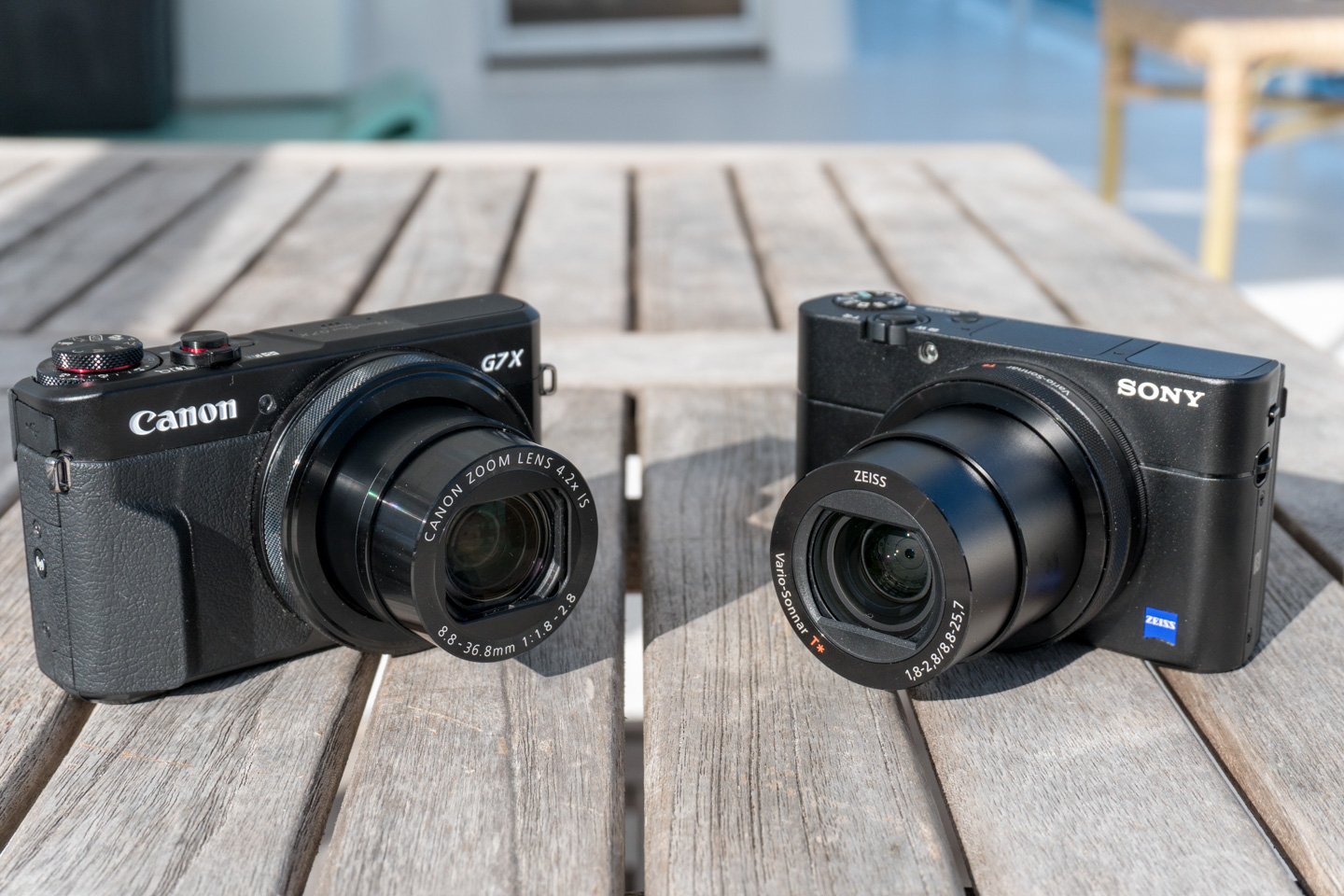


(Yes, the latter is just ever so slightly faster, I don't know why.) Times are averages. Buffer clears in 43 seconds for large/fine images, only 1 second for lowest resolution.įirst number is for RAW files, second number is for RAW + large JPEG files. (With a Lexar 80x CF card, slower cards will show longer post-buffer-fill cycle times and longer clearing times.) In small/basic mode, continues at this rate for over 100 shots. Shoots 17 large/fine frames this fast, then slows to about 3.7 seconds per shot. Extremely fast.įirst number is for large/fine files, second number is time for small/basic files. Time to capture, after half-pressing shutter button. (Crystal-controlled, with a resolution of 0.001 second.) Here are the numbers I measured for the Canon EOS-1Ds Mark II: Since this number is rarely reported on (and even more rarely reported accurately), and can significantly affect the picture taking experience, I routinely measure both shutter delay and shot to shot cycle times for all cameras I test, using a test system I designed and built for the purpose. This corresponds to the time required for the autofocus and autoexposure mechanisms time to do their work, and can amount to a fairly long delay in some situations. When you press the shutter release on a camera, there's usually a lag time or delay before the shutter actually fires. > :Shutter Lag / Cycle Times Review First Posted: Digital Camera Home > Digital Camera Reviews > Canon Digital Cameras > Canon EOS-1Ds Mark IIĬanon EOS-1Ds Mark II Canon upgrades their "ultimate" d-SLR with 16.7 megapixels of resolution and significant performance improvements.


 0 kommentar(er)
0 kommentar(er)
